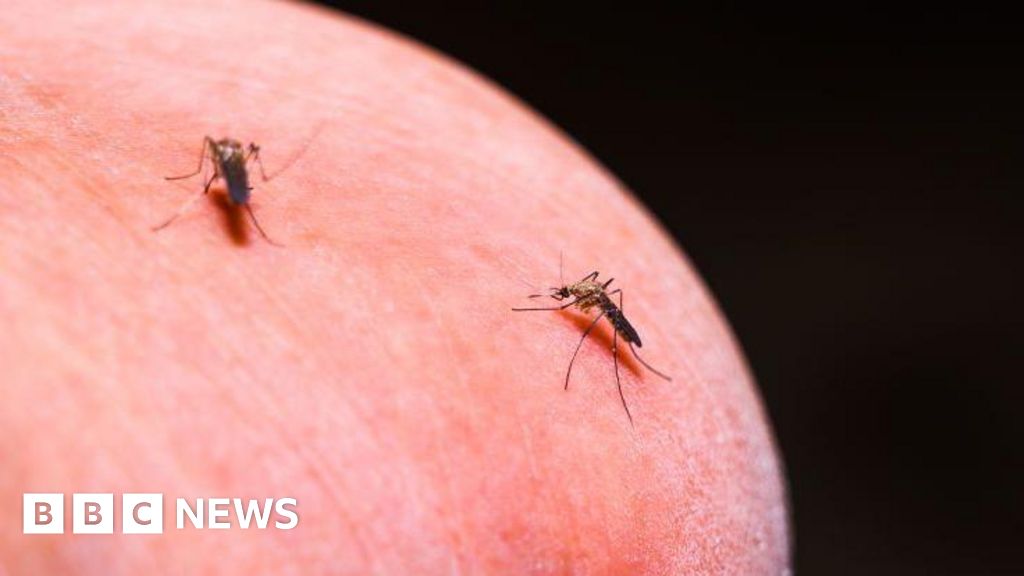The transition period from the late stages of pregnancy to when a cow gives birth and starts producing milk is one of the most challenging periods in a cow’s life, according to researchers in Penn State’s College of Agricultural Sciences. Physiological changes such as higher systemic inflammation can lead to adverse effects, among them poorer health and low milk production.
A new study led by Adrian Barragan, associate research professor of veterinary and biomedical sciences, has revealed simple, practical strategies to help farmers reduce this inflammation and its subsequent side effects: aspirin and meloxicam, both of which are nonsteroidal anti-inflammatory drugs.
The research, published in the Journal of Dairy Science, examined the effects of giving pregnant cows the two commonly available treatments.
The team found that each treatment had different effects on different cows. Heifers—cows pregnant for the first time—treated with meloxicam produced a higher milk yield than other cows. Additionally, over-conditioned cows—cows that have higher than average body fat—treated with meloxicam also had higher milk yields, but only during weeks 10 to 15 of lactation.
Meanwhile, the researchers found that over-conditioned cows treated with aspirin had about half the rate of disease compared to over-conditioned cows treated either with meloxicam or placebo.
Barragan, who is also an extension veterinarian, said the study is an example of how his lab is seeking practical treatment strategies that farmers can incorporate easily into their routines.
“We’re trying to get away from the common ‘blanket treatment’ strategies that once were recommended, where all animals in a herd were treated. Instead, we are striving to identify which groups of animals may be at higher risk of exacerbated systemic inflammation and therefore can be proactively managed to prevent its negative effects on animal welfare and performance,” Barragan said.
“We found that over-conditioned cows respond well to these treatments, so now we can look at other groups, like primiparous cows—cows that have given birth before and that make up about 40% of the herd, on average.”
While previous strategies to combat this inflammation included treating the entire herd, research since has found that such broad treatment can lower inflammation too much in some cows. Barragan said this led to a push to develop treatments just for the animals that need it most, such as over-conditioned and primiparous cows.
“We started with treatments that were given after the cows had their calves, but we didn’t find that to be effective,” Barragan said. “We decided to try prepartum treatments, because inflammation is a process that starts small and then cascades into a bigger response. We predicted that if we tackle that process at the onset, the final inflammatory response will also be smaller.”
For the study, the researchers assigned 170 cows and 63 heifers to one of three treatment groups: meloxicam, aspirin or placebo. Each cow received one oral dose of its designated treatment two weeks before it was expected to give birth to its calf. The team took blood samples weekly through the third week after calving and also regularly measured and recorded milk yield and health information—such as sickness, lameness and mastitis.
The researchers found that heifers treated with meloxicam produced, on average, 11 more pounds of milk in the first 150 days compared to other cows. Over-conditioned cows treated with meloxicam also had higher milk production during certain weeks.
“The other main finding was that over-conditioned cows treated with aspirin had about half of the rate of disease compared to over-conditioned cows treated either with meloxicam or placebo,” Barragan said. “We found that only about 21% of over-conditioned cows treated with aspirin develop one or more diseases in the first 60 days in milk compared to 38% in the other over-conditioned cow treatment groups.”
In the future, the researchers said larger studies could help confirm the findings and explore treatments for other groups of cows.
More information:
E. Jimenez et al, Prepartum anti-inflammatory therapies in Holstein dairy cows blocked by parity and body condition score group: Effects on metabolic stress, systemic inflammation, performance, and health, Journal of Dairy Science (2024). DOI: 10.3168/jds.2024-24913
Citation:
Simple treatment may reduce inflammation and its side effects in expecting cows (2025, February 20)
retrieved 20 February 2025
from
This document is subject to copyright. Apart from any fair dealing for the purpose of private study or research, no
part may be reproduced without the written permission. The content is provided for information purposes only.



















